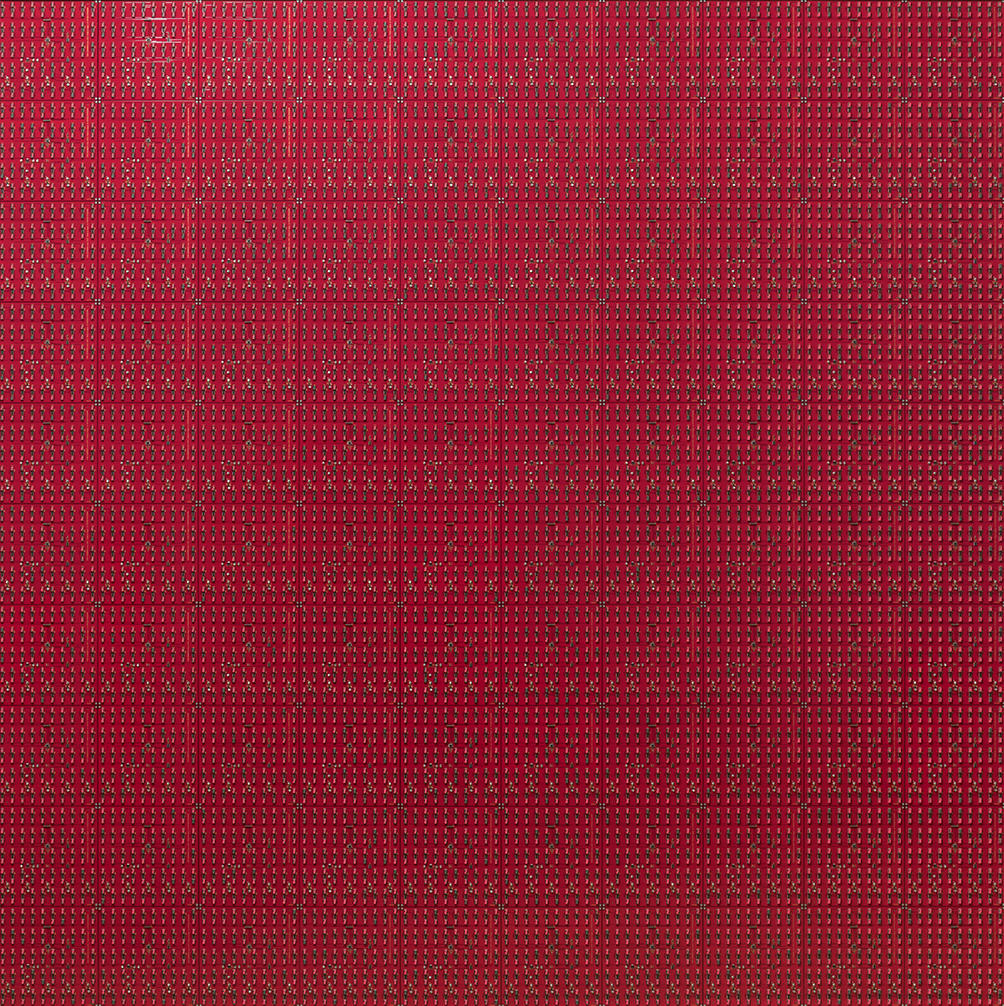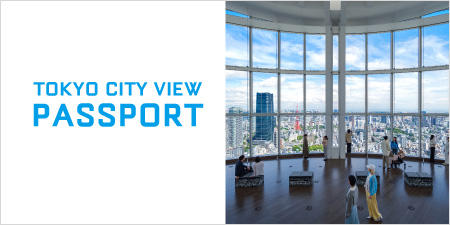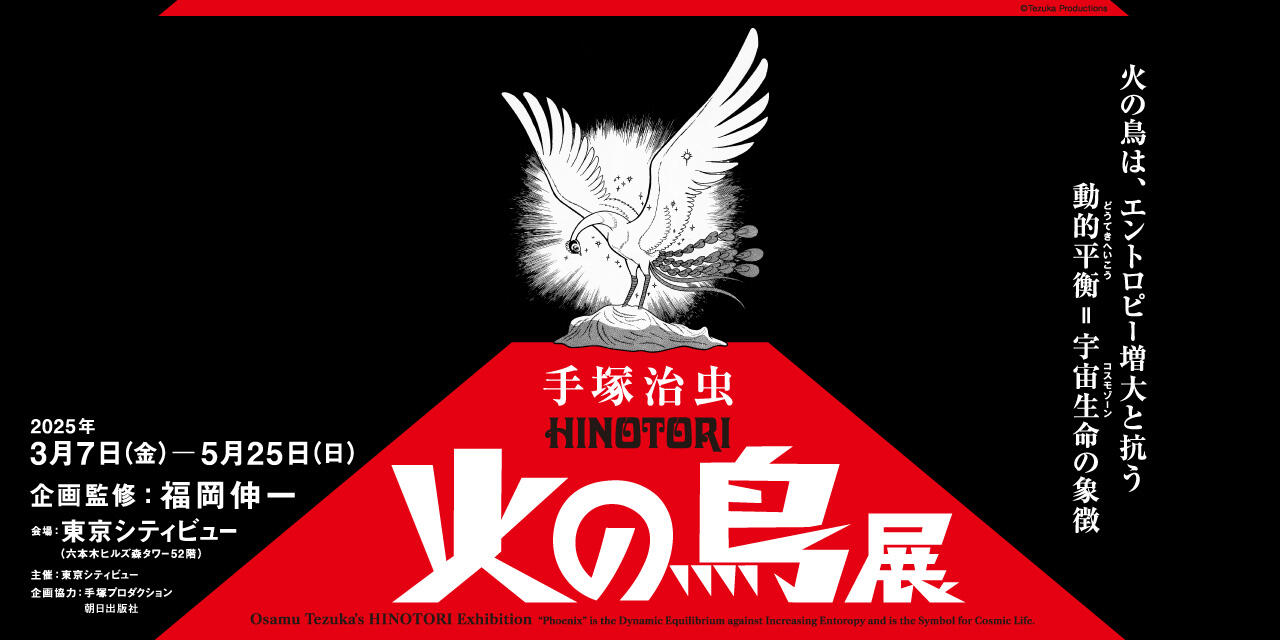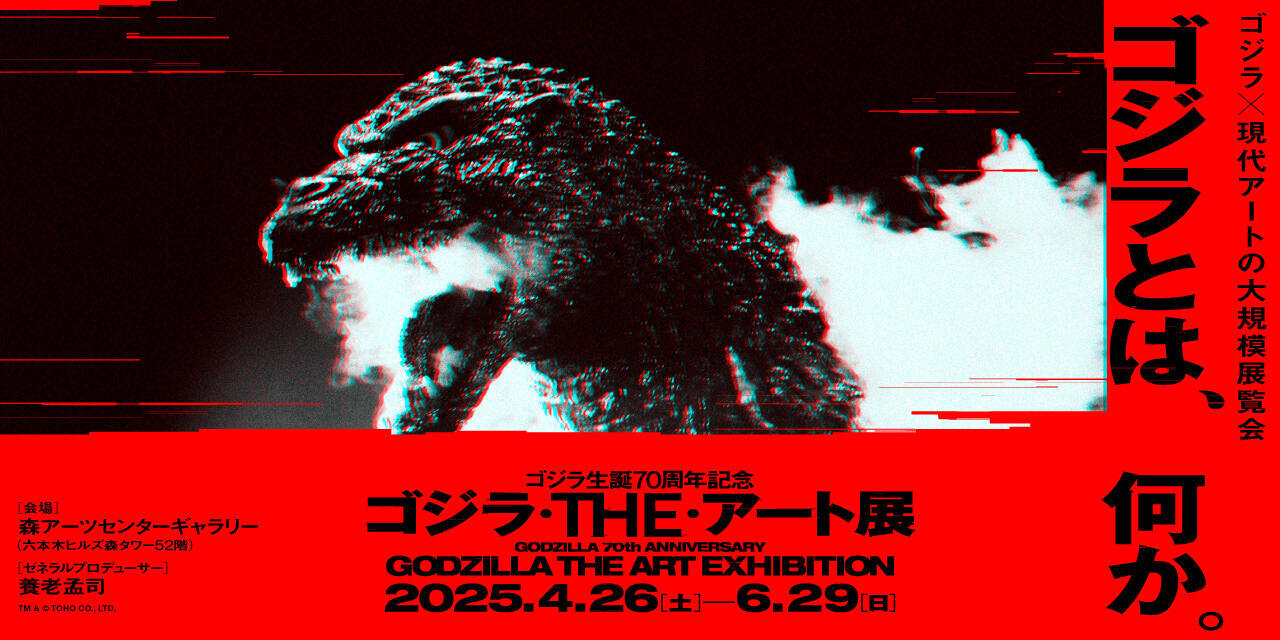Innumerable Life/Buddha CCIƆƆ-01
| Artist | : | Miyajima Tatsuo (1957-) |
|---|---|---|
| Nationality | : | Japan |
| Year | : | 2018 |
| Material | : | Light Emitting Diode, IC, electric wire, steel, stainless, transformer, LED type "Time Hundred" (Red) 100 plates |
| Size | : | 251.7 x 251.7 x 15 cm |
Based on his concepts that everything changes, everything interacts, and everything keeps going forever, Miyajima Tatsuo has created installations and sculptures since the second half of the 1980s that use digital LED counters with changing numbers from one to nine. He has received international acclaim for his work that deals with the universal notion of time while fusing Buddhist ideas with technology. In 1999, he represented Japan at the Venice Biennale, and other solo exhibitions include at the Hayward Gallery (London, 1997), Museum of Contemporary Art of Rome (2004), and Museum of Contemporary Art Australia (Sydney, 2016). Miyajima’s practice also encompasses socially engaged projects, including ones about the atomic bombings of Hiroshima and Nagasaki, and the “Sea of Time – TOHOKU” project, which since 2017 has endeavored to pass on memories of the Great East Japan Earthquake and serve as a requiem for the victims of the disaster.
In Innumerable Life/Buddha CCIƆƆ-01, ten thousand red LEDs arranged in a grid on a red base count down from nine to one at different speeds. Each of the LEDs symbolizes a life; that they never count down to zero, but instead briefly turn off before resetting to nine suggests the constant cycle of life and death. The work is inspired by Bodhisattvas of the Earth, a chapter of the Lotus Sutra that relates countless numbers of bodhisattvas emerging from a fissure in the ground. Based on the belief that everyone has the qualities needed to attain Buddhahood, Miyajima’s work reflects the idea that ordinary people regardless of fame, power, and status are the most important forces in the world, not particular geniuses or specially chosen people, and that when these ordinary people gather together in infinite numbers, they can shape the future. Innumerable Life/Buddha CCIƆƆ-01 aspires to open up the potential and latent abilities that exist within us all.
-

Miyajima TatsuoInnumerable Life/Buddha CCIƆƆ-012018Light Emitting Diode, IC, electric wire, steel, stainless, transformer, LED type "Time Hundred" (Red) 100 plates251.7 x 251.7 x 15 cm Photo: Omote Nobutada
Photo coutesy: Lisson GalleryMiyajima TatsuoInnumerable Life/Buddha CCIƆƆ-012018Light Emitting Diode, IC, electric wire, steel, stainless, transformer, LED type "Time Hundred" (Red) 100 plates251.7 x 251.7 x 15 cmPhoto: Omote Nobutada
Photo coutesy: Lisson Gallery -

Miyajima TatsuoInnumerable Life/Buddha CCIƆƆ-012018Light Emitting Diode, IC, electric wire, steel, stainless, transformer, LED type "Time Hundred" (Red) 100 plates251.7 x 251.7 x 15 cmPhoto: Omote Nobutada
Photo coutesy: Lisson GalleryMiyajima TatsuoInnumerable Life/Buddha CCIƆƆ-012018Light Emitting Diode, IC, electric wire, steel, stainless, transformer, LED type "Time Hundred" (Red) 100 plates251.7 x 251.7 x 15 cmPhoto: Omote Nobutada
Photo coutesy: Lisson Gallery
Innumerable Life/Buddha CCIƆƆ-01
| Artist | : | Miyajima Tatsuo (1957-) |
|---|---|---|
| Nationality | : | Japan |
| Year | : | 2018 |
| Material | : | Light Emitting Diode, IC, electric wire, steel, stainless, transformer, LED type "Time Hundred" (Red) 100 plates |
| Size | : | 251.7 x 251.7 x 15 cm |
Based on his concepts that everything changes, everything interacts, and everything keeps going forever, Miyajima Tatsuo has created installations and sculptures since the second half of the 1980s that use digital LED counters with changing numbers from one to nine. He has received international acclaim for his work that deals with the universal notion of time while fusing Buddhist ideas with technology. In 1999, he represented Japan at the Venice Biennale, and other solo exhibitions include at the Hayward Gallery (London, 1997), Museum of Contemporary Art of Rome (2004), and Museum of Contemporary Art Australia (Sydney, 2016). Miyajima’s practice also encompasses socially engaged projects, including ones about the atomic bombings of Hiroshima and Nagasaki, and the “Sea of Time – TOHOKU” project, which since 2017 has endeavored to pass on memories of the Great East Japan Earthquake and serve as a requiem for the victims of the disaster.
In Innumerable Life/Buddha CCIƆƆ-01, ten thousand red LEDs arranged in a grid on a red base count down from nine to one at different speeds. Each of the LEDs symbolizes a life; that they never count down to zero, but instead briefly turn off before resetting to nine suggests the constant cycle of life and death. The work is inspired by Bodhisattvas of the Earth, a chapter of the Lotus Sutra that relates countless numbers of bodhisattvas emerging from a fissure in the ground. Based on the belief that everyone has the qualities needed to attain Buddhahood, Miyajima’s work reflects the idea that ordinary people regardless of fame, power, and status are the most important forces in the world, not particular geniuses or specially chosen people, and that when these ordinary people gather together in infinite numbers, they can shape the future. Innumerable Life/Buddha CCIƆƆ-01 aspires to open up the potential and latent abilities that exist within us all.




